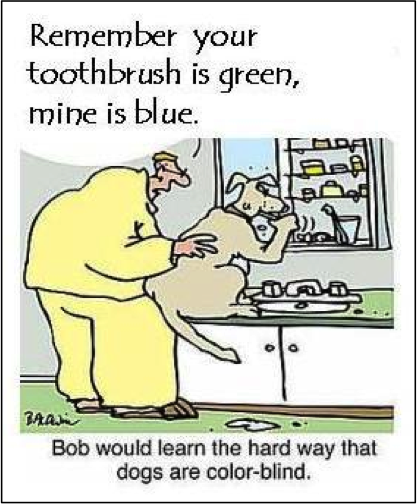
Without question dental problems are the most common issue we deal with in our patients on a daily basis. Pet owners need to understand that it can be very difficult to know if their dog or cat is suffering from oral pain. Certainly, if you can detect a foul odor from the mouth, see blood or your pet shows a reduced interest in his food a dental issue may be the culprit.
This is where we come in.
Many times a pet’s appetite may not be affected very much by bad teeth. Our pets are usually well adjusted and they try to get through their day as best they can. They don’t understand why their mouth hurts. They just deal with it; maybe by eating a little more slowly, chewing less and swallowing the food whole or they manipulate the food around inside their mouths in order to avoid the sore spots. It can be difficult to know.
Lots of things can affect your pet’s appetite, but in general, if your dog or cat acts hungry but doesn’t eat as enthusiastically as you are used to seeing, think about dental issues.
This year we upgraded our equipment so we can now take dental X-rays just like your dentist. In fact, the equipment we use is the same as my personal dentist’s. Unlike you and me, however, we can’t place the films between your dog’s teeth and snap a film. They need to be under anesthesia. They don’t sit still and won’t hold that disgusting cardboard thingamajig that makes us gag between their teeth  while we say “hold it”.
while we say “hold it”.
And the good news is we can now see lesions we could not see before. Seemingly normal looking teeth and gums can have significant damage below the surface. Broken teeth and root abscesses are more common than you think. When we perform a dental cleaning now we recommend a full set of oral X-rays. It doesn’t add that much to the cost and it frequently allows us to fix a problem right then and avoid futu
re problems and added expense. Your dog and cat will be much happier too.
Afterwards, we can recommend a number of ways for you to keep your dog’s teeth clean and avoid future dental expenses. The new “OraVet” chews made by Merial (the Heartguard and NexGuard people) are terrific. They look like a traditional “greenie” but contain delmopinol which is a human dental, plaque preventing product found in pastes and mouthwashes. It really works and most dogs love them. They taste like peanut butter. Check them out at our front desk.

 And believe it or not, marrow bones are also wonderful plaque preventing tools for dogs who accept them.
And believe it or not, marrow bones are also wonderful plaque preventing tools for dogs who accept them.
We recommen d alternating OraVet and marrow bones 2-3 times each per week to keep plaque at bay.
d alternating OraVet and marrow bones 2-3 times each per week to keep plaque at bay.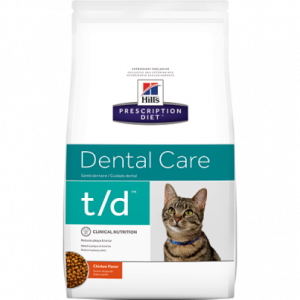
Even brushing your dog’s teeth helps…if he or she will let you. You don’t need any special pastes. Just using a soft, moist tooth brush will do. Brush the outside and crowns of the teeth. Don’t worry about the inner part. Plaque doesn’t form there very well.
Now, as for kitty cats….well….that’s entirely different. They don’t like having their teeth brushed. Try it if you like. Let me know how you do. There are also a number of chew toys on the market that claim to keep cat’s teeth clean but I’m suspicious. Sometimes these gadgets get swallowed and cause all sorts of digestive problems, so I say avoid them. T/D, a dental diet for cats can be very helpful. The key is that your cat must chew them….crunch, crunch, crunch. They’re very crusty in the middle; like a crouton, and they can scrape off plaque and keep it from building up. There is a doggy version of the diet too. We have them at our front desk.
In the end, clean teeth and fresh breath are well worth the effort. When I see an elderly dog or cat with all their teeth still there, most of the time they are very healthy pets.

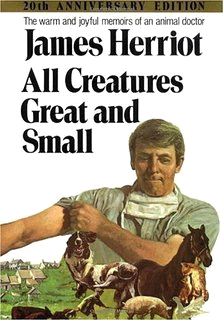




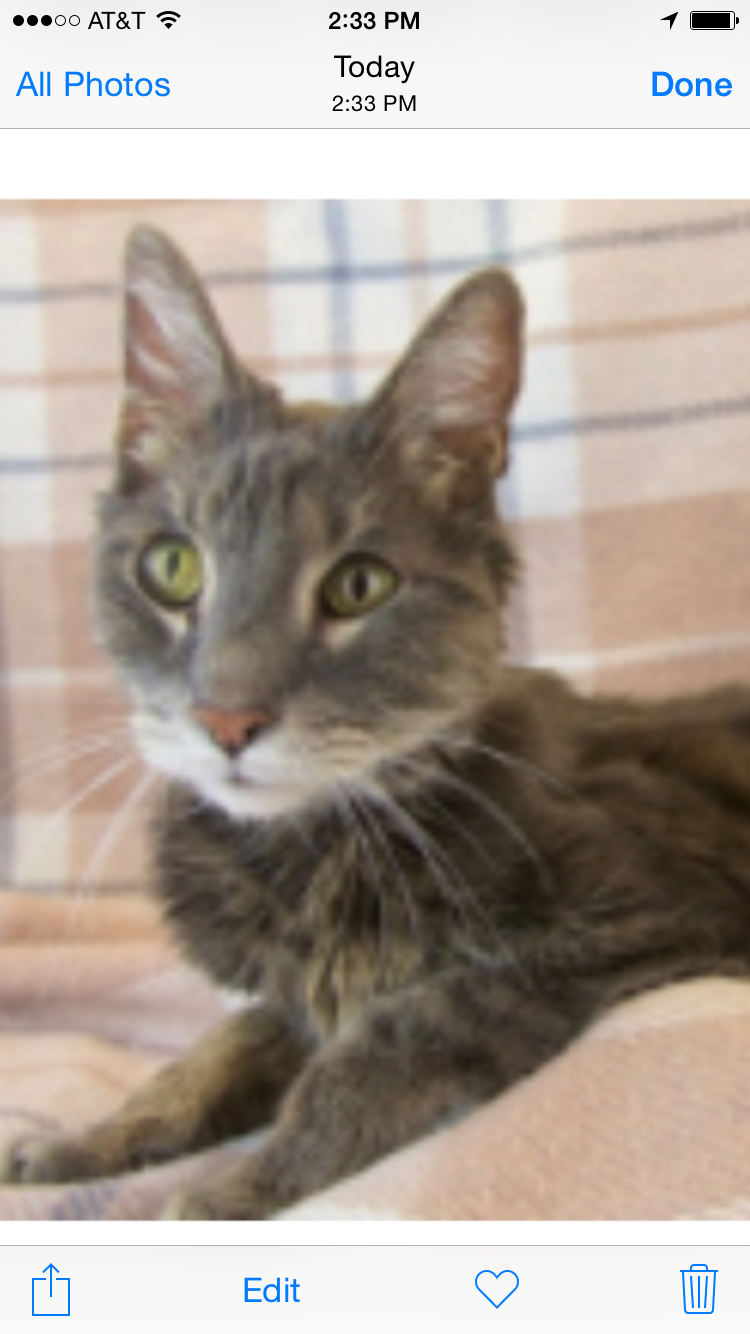


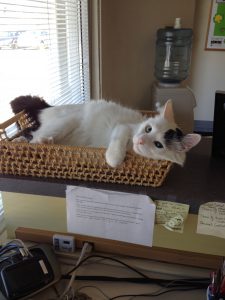 led to shortened life spans. By the 90’s cats became more house bound. All good. However, by this time the cat food industry began marketing their products in such a variety of ways that they started to push breakfast cereal off the grocery store shelves. So many choices? Flavors? Very competitive business. Consequently, like the human, convenience food industry, cat food became highly processed with large amounts of grains added as a cheap source of carbohydrates, fibre and fats. Rice, the cheapest grain, became the backbone of dry, cat food kibble. Cats became less active and soon…fatter. Nevertheless, even as they do live longer these days…it is not without needing more veterinary attention in many cases. Which gets me to my point. The cat is now a model for Type II Diabetes in humans. My doctor keeps warning me. I’m not diabetic…yet. I have borderline high blood sugar that I watch regularly. Like my cat patients, I am not as active as I once was and I eat too many highly processed, starchy, fatty foods. I’m working on it. 30-40 years ago veterinarians did not diagnose many diabetic cats (Incidently, like them, we too ran around more). We used to see 10 diabetic dogs for every diabetic cat. Now it’s reversed. In the old days, most dogs got table scraps in their food; lots of gravy and fat. Now their food is much more balanced, no leftovers and the rate of diabetes in the dog has plummeted. Cats have gone in the opposite direction. What to do. Think about it. No, don’t start letting your cat outside, nor is getting a kitty cat treadmill going to work. Think about cat food with little or no grain in it. I’m a big advocate for grain free diets for cats. The one I feed my cat, Mr. Whoopie (more on him in future blogs, this is him in a more reflective moment),
led to shortened life spans. By the 90’s cats became more house bound. All good. However, by this time the cat food industry began marketing their products in such a variety of ways that they started to push breakfast cereal off the grocery store shelves. So many choices? Flavors? Very competitive business. Consequently, like the human, convenience food industry, cat food became highly processed with large amounts of grains added as a cheap source of carbohydrates, fibre and fats. Rice, the cheapest grain, became the backbone of dry, cat food kibble. Cats became less active and soon…fatter. Nevertheless, even as they do live longer these days…it is not without needing more veterinary attention in many cases. Which gets me to my point. The cat is now a model for Type II Diabetes in humans. My doctor keeps warning me. I’m not diabetic…yet. I have borderline high blood sugar that I watch regularly. Like my cat patients, I am not as active as I once was and I eat too many highly processed, starchy, fatty foods. I’m working on it. 30-40 years ago veterinarians did not diagnose many diabetic cats (Incidently, like them, we too ran around more). We used to see 10 diabetic dogs for every diabetic cat. Now it’s reversed. In the old days, most dogs got table scraps in their food; lots of gravy and fat. Now their food is much more balanced, no leftovers and the rate of diabetes in the dog has plummeted. Cats have gone in the opposite direction. What to do. Think about it. No, don’t start letting your cat outside, nor is getting a kitty cat treadmill going to work. Think about cat food with little or no grain in it. I’m a big advocate for grain free diets for cats. The one I feed my cat, Mr. Whoopie (more on him in future blogs, this is him in a more reflective moment),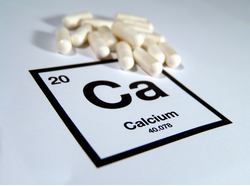

Recent Comments